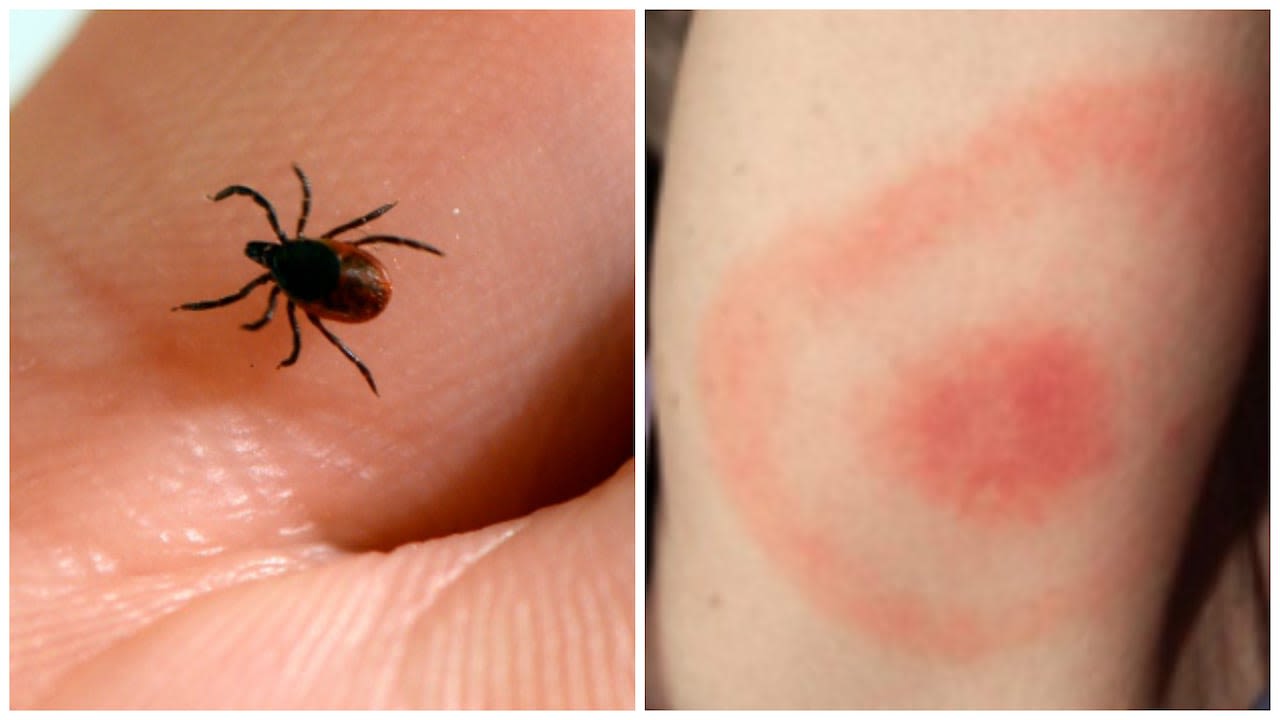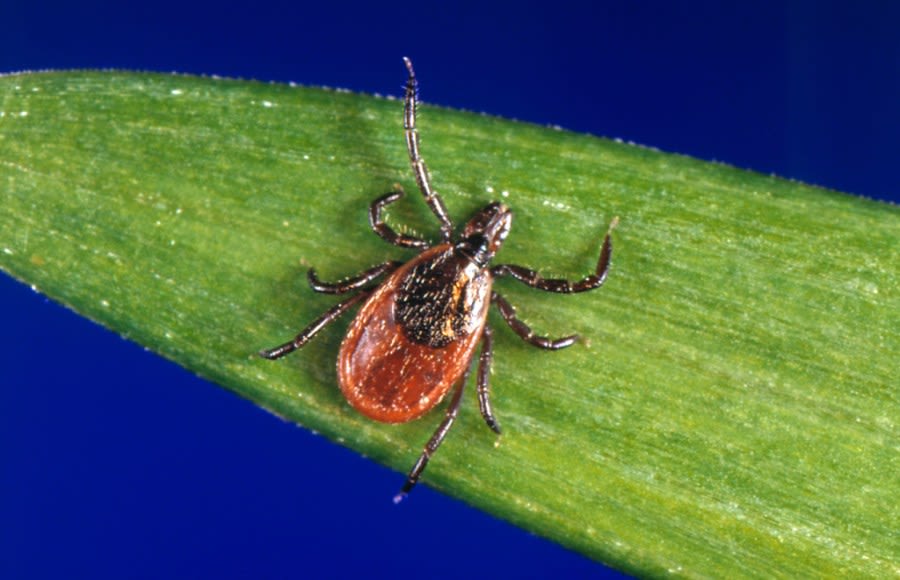Search results
Lyme disease is caused by Borrelia (you might also see it as Borreliella), a spiral or corkscrew-shaped bacteria known as a spirochete. There are several species of Borrelia . Borrelia burgdorferi is the most common one in the United States; Borrelia mayonii exists in the U.S. as well.
Lyme disease, also known as Lyme borreliosis, is a tick-borne disease caused by species of Borrelia bacteria, transmitted by blood-feeding ticks in the genus Ixodes. [3] [8] [9] The most common sign of infection is an expanding red rash, known as erythema migrans (EM), which appears at the site of the tick bite about a week afterwards. [1] .
Lyme disease is caused by a spirochete—a corkscrew-shaped bacterium called Borrelia burgdorferi. Lyme is called “The Great Imitator,” because its symptoms mimic many other diseases. It can affect any organ of the body, including the brain and nervous system, muscles and joints, and the heart.
Agents. Borrelia burgdorferi, B. mayonii. Where Found. Lyme disease is most frequently reported from the upper midwestern, northeastern, and mid-Atlantic states where it is spread by Ixodes scapularis ticks. Some cases are also reported from northern California, Oregon, and Washington, where it is spread by Ixodes pacificus ticks.
News about Lyme disease, antibiotics, dogs
News about Lyme disease, Ticks, early arrival
Also in the news
Lyme disease is a multi-system bacterial infection caused by the spirochete, Borrelia burgdorferi, which is transmitted to humans primarily through the bite of an infected deer tick. Lyme disease has several different stages: first stage (acute/early localized), second stage (early disseminated), and third stage (chronic/late disseminated).
Jan 27, 2020 · Resources. Find an Expert. For You. Children. Teenagers. Patient Handouts. Summary. What is Lyme disease? Lyme disease is a bacterial infection you get from the bite of an infected tick. At first, Lyme disease usually causes symptoms such as a rash, fever, headache, and fatigue.
Feb 10, 2023 · If you live where Lyme disease is common, the rash might be enough for a diagnosis. A diagnosis usually depends on the following: A review of all signs and symptoms. A history of known or possible exposure to ticks. Blood tests to find disease-fighting antibodies to the bacteria.


